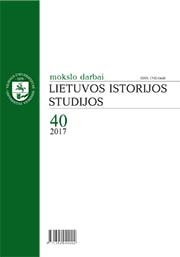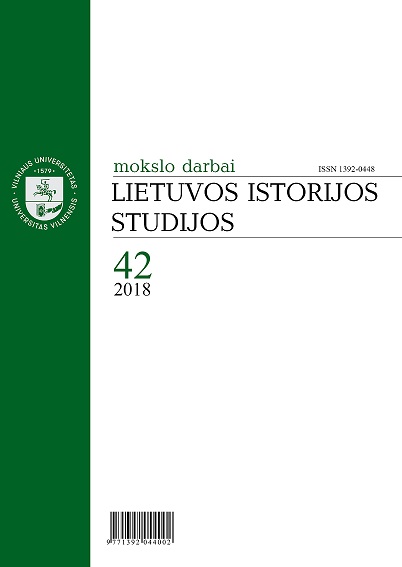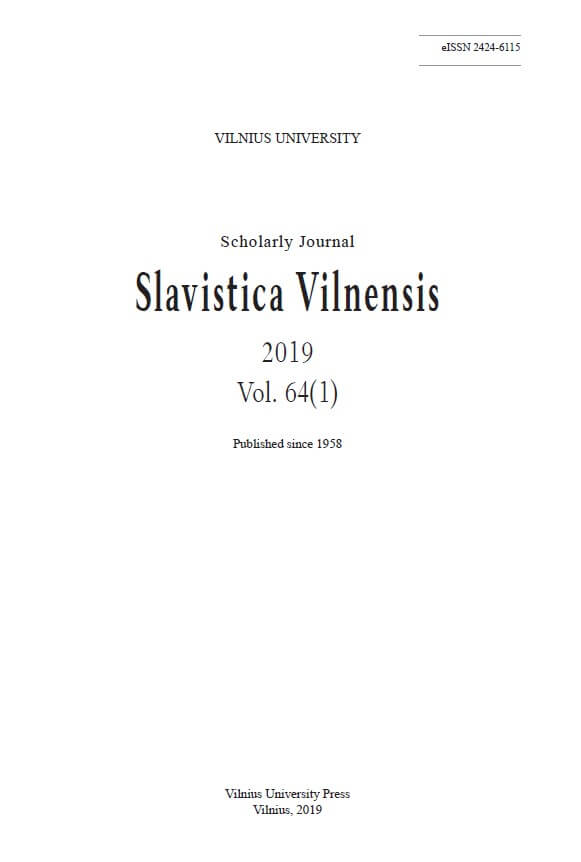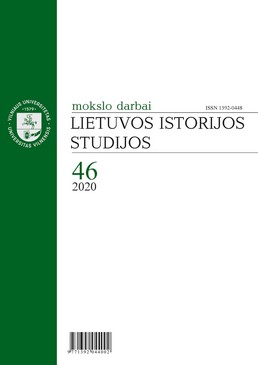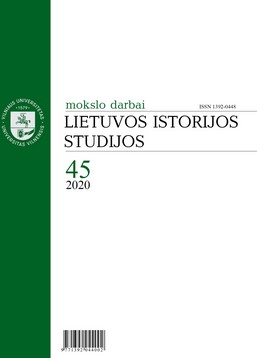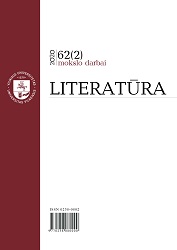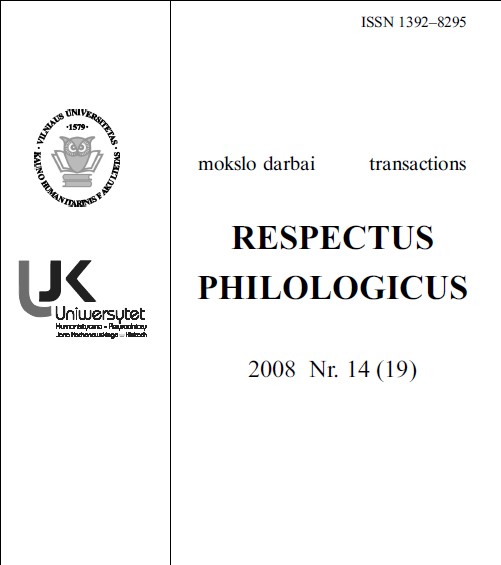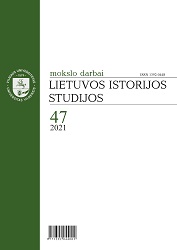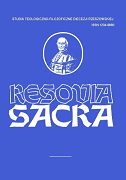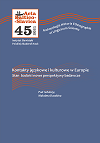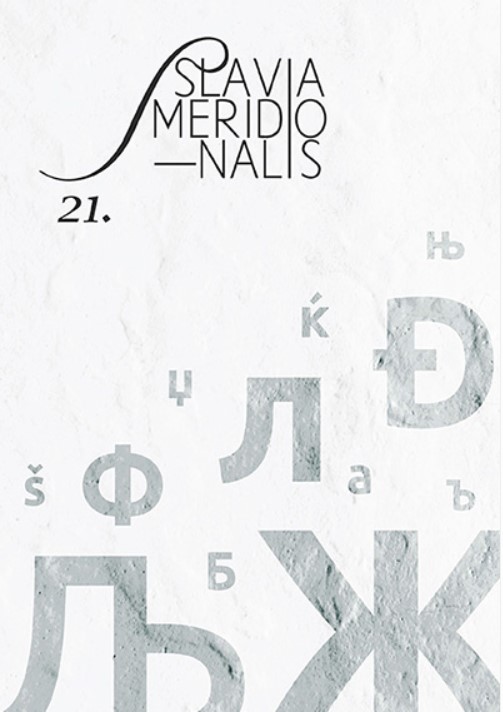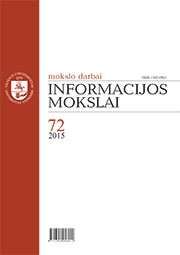
Kūrybos komunikacija teatre: dailininko atvejis (1920 1940)
Partnership, cooperation problems are most commonly faced by the representatives of collective art – the creators of theatrical art, who bring together a creative team, in order to produce one common message to the audience. This message is a performance. Creators, who belong to different fields, work together to achieve one goal and, by influencing each other, carry out the functions of a team. One of the most prominent witnesses of creative unification – is the experience of novice stage designer in Lithuanian theatre of the 3rd decade of the 20th century. One of the co-authors of theatrical performance – the theatre artist – ought to join the creative process, not only to initiate, but also to revise the creative idea, to coordinate it with other play-makers. The forming theatre experienced that organised communication and dialogue between creators begins only when all the staff gathers together and distribute the roles. Since communication is a series of steps that start with the formation of a group, at the outset there was a stage of selecting play co-authors. On the one hand, the theatre looked for recognized artists, authorities, who could be trusted, on the other hand – it searched for theatrical personalities. The initial situation of creative communication between artists in newly established theatre was also strengthened by personal connections. However, professional background was still the most important when searching for theatre artists. Theatre artists Vladas Didžiokas, Jonas Gregorauskas Adomas Varnas, Barbora Didžiokienė, Vilius Joman¬tas and Adomas Galdikas, who started to work in Lithuanian theatre in the 3rd decade, had learned the elements of theatrical art in Russian and Lithuanian art schools. In the 4th decade of the 20th century, the artists have gained education in Paris art schools. In 1929–1933, Antanas Gudaitis, Stasys Ušinskas studied at the National Conservatory of Arts and Crafts. The teacher of these artists was the famous Russian stage designer Alexandra Ekster. Not only communication between group members in general is important when exploring the skills of communication of an artist in theatre. The process of communication helps to understand theatre, where there is no continuous communal creation. Here, we can clearly see the distribution of work in several stages, where communication takes place at different levels. Early theatrical performances of the 3rd decade of the 20th century prove that there was no knowledge of the process of creative communication at the beginning of Lithuanian professional theatre formation and that the only basis was personal experience. Creative responses between creators and transition from the independent creative stage to the second stage of collective work appear only at the end of the 3rd decade of the 20th century.
More...
